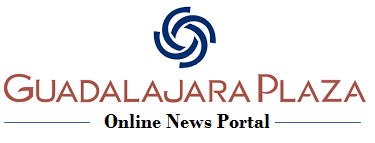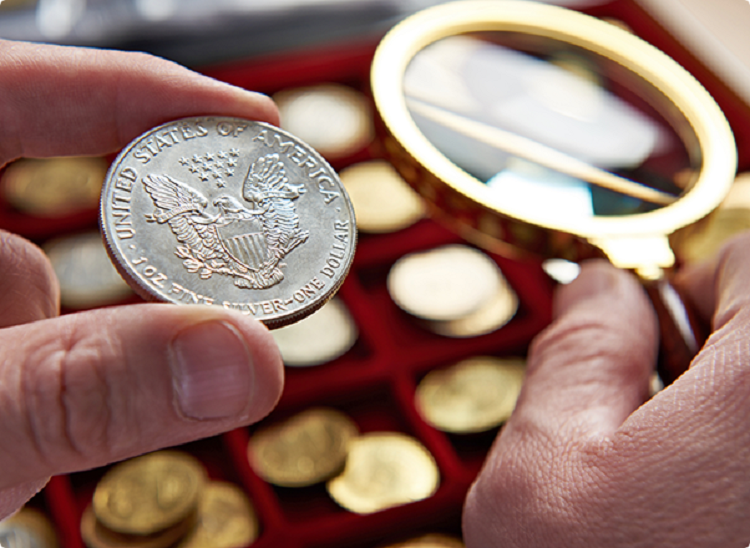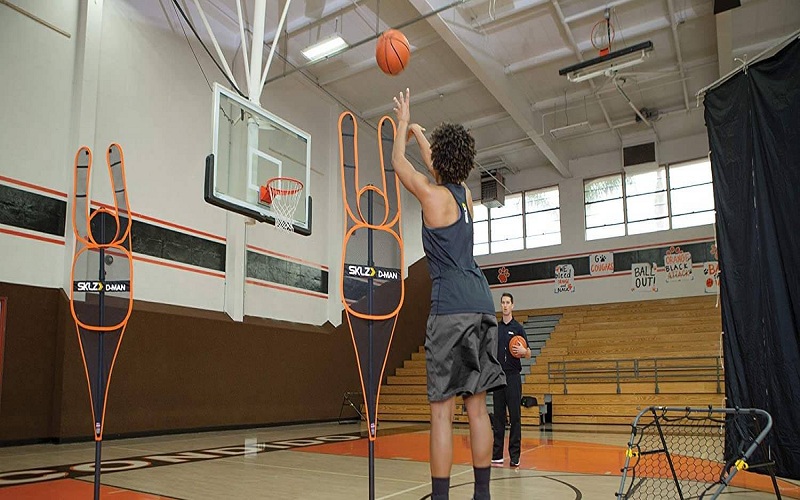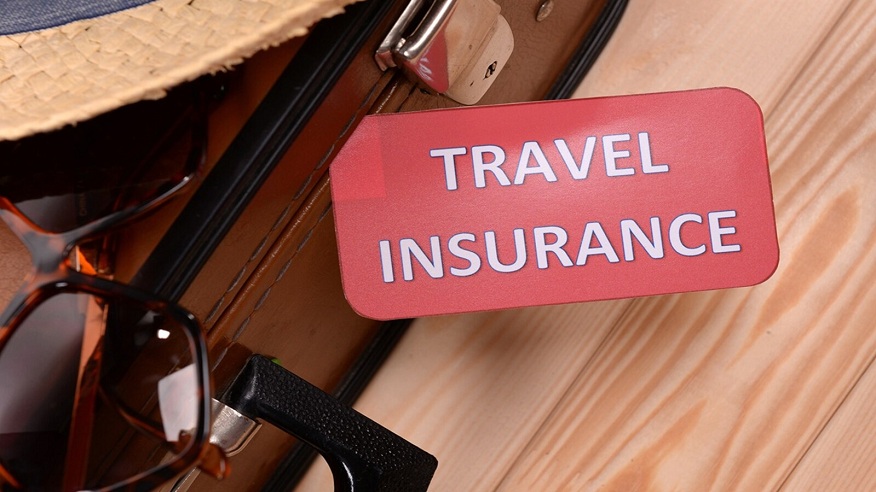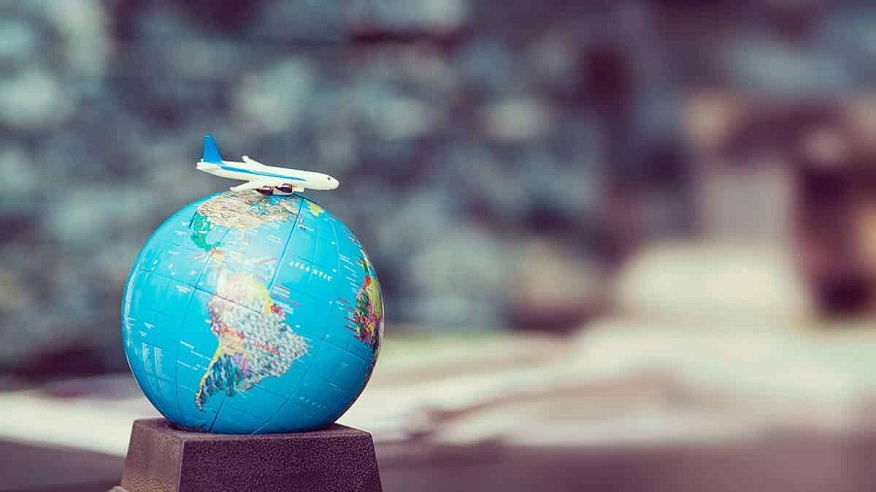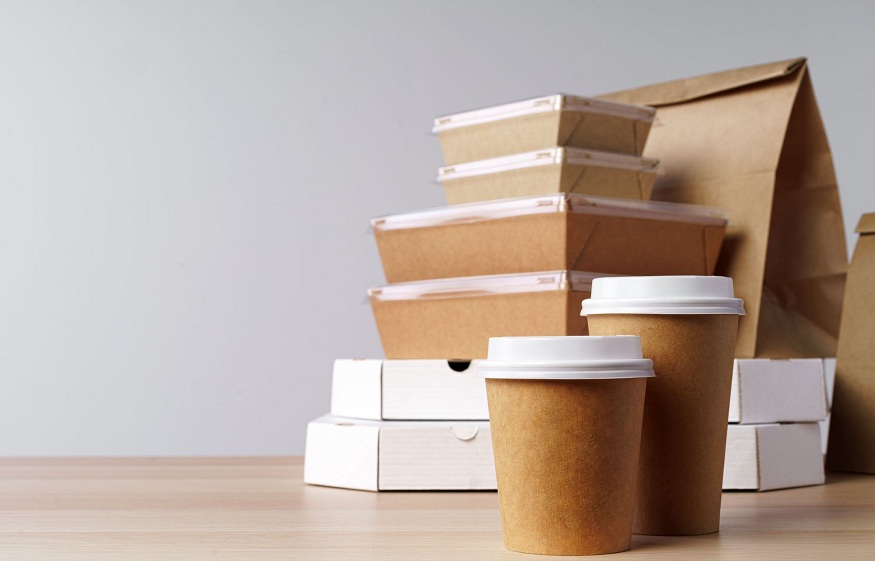The Disposable Food Packaging Industry: What You Need To Know
What’s one thing you always seem to be buying? Disposable food packaging, of course! And with good reason – buy disposable food packaging products in Dubai are incredibly convenient and dirt cheap. But why are disposable food packaging products so popular? And what are their environmental consequences? To answer these questions and more, read on!
Types Of Disposable Food Packaging
The disposable food packaging industry is on the rise, and with good reason. It’s a sustainable and affordable way to package and ship food products. Tetra Paks, pouches, and trays are the most common types of disposable food packaging, and each has its benefits and drawbacks. It’s important to consider these factors when deciding, as each type of disposable food packaging has pros and cons.
Some things to consider include the product you’re selling, the environment, and your budget. Once you’ve decided on a type of disposable food packaging, make sure to get started on the design process. This will help you create packaging that meets your specific needs and the market’s high standards.
Single-Use Packaging
Single-use food packaging is a big problem that needs to be addressed urgently. It’s been estimated that over 50 billion plastic bags are used worldwide each year, with around half of those ending up in the environment. From overwrapping to film, there are two main types of disposable food packaging: plastic and foil. Both have advantages and disadvantages; for example, the film doesn’t take up much space compared to plastic, and recycling is easier.
However, it isn’t as durable as foil or plastic and can often burst open when heated. What’s more, almost half of all global greenhouse gas emissions come from producing and using single-use food packaging – these numbers needn’t increase if we switch over to more sustainable options like reusable containers or compostable bags!
Multi-Use Packaging
Multi-use packaging is a great way to reduce food waste and save costs and resources. Various types of disposable food packaging are available, each with its advantages and drawbacks. It can be used for various products such as fruits, vegetables, bakery items, meat items etc., depending on the type of packing you choose.
It is important to select the right type suited for your product to last longer on the shelves and appeal to consumers. The industry is growing rapidly due to increasing awareness of environmental issues and food waste concerns.
Compostable And Biodegradable Packaging
As the industry grows, compostable and biodegradable butter paper sheet packaging is becoming more popular. This is good news for the environment as it reduces waste and pollutes the planet. Different types of compostable and biodegradable packaging are available on the market, so businesses need to consider what will work best for them. Some common types include food-grade plastics made from polylactic acid (PLA) and paper-based materials like bamboo or recycled plastic bottles lined with biodegradable film.
What matters most is that businesses choose a type of sustainable packaging that meets their needs while being safe for humans to consume. By doing this, they can take important steps towards reducing climate change.
Absorbent Packaging
Non-absorbent packaging is the most common type of food packaging. It is made of plastic and paper that absorb liquids and solids. Absorbent packaging contains solid foods like meat or vegetables before they are packaged in a container for sale to consumers. There are three main types of non-absorbent packaging – pouches, bags, and boxes.
Benefits Of Using Disposable Food Packaging
Reducing waste and saving money are key benefits of using disposable food packaging. Not only is it more environmentally friendly, but disposable food packaging is also more efficient than traditional food packaging methods. This is because it can help reduce food waste and food spoilage.
Additionally, disposable food packaging is easy to store, which is great for busy kitchens. Many different types of disposable food packaging are available on the market today, so be sure to choose the right one for your needs.
Environmentally Friendly – No Need For Waste Disposal
Disposable food packaging is an excellent way to reduce your business’s waste while also helping to improve the environment. It doesn’t require any waste disposal, making it environmentally friendly and easy to handle. Various disposable food packaging options are available on the market, so you can find something that meets your specific needs.
Low Cost Of Packaging
There are numerous benefits of using food packaging that helps in reducing environmental impact. One such advantage is that it can be recycled and reused multiple times – resulting in a lower ecological footprint. This also makes it more cost-effective since you’re not spending money on new packaging every time you have to replace an old one. In addition, food packaged this way usually looks appetizing and is easy to eat – making sure your customers enjoy their meal even when they are on the go. Furthermore, keeping food fresh for longer becomes easier with proper packaging.
Minimizes Food Spoilage And Contamination
Regarding food spoilage and contamination, disposable food packaging does not disappoint. Disposable food packaging helps reduce spoilage and bacteria that can occur during storage or transit. It also saves you time by reducing the need to prepare and store fresh food and money spent on groceries in general.
Many different types of disposable food packaging are available on the market, so find what suits your needs best! From plastic containers for storing leftovers or chilled foods, special insulated packages for keeping perishable items cold or frozen food boxes made from durable materials which can last several uses without any problems.
Easier To Store And Transport
Disposable food packaging has a few advantages that make it easier to store and transport. This, in turn, helps reduce environmental impact. Different types of disposable food packaging are available on the market, each with its benefits. Choosing the right type for your business and target audience is important.
If you do this correctly, you can expect reduced waste generation and money saved on storage and transportation costs. Overall, using disposable food packaging can be an essential part of reducing the environmental impact.
Environmental Impact Of Disposable Food Packaging
Regarding disposable food packaging, it’s no surprise that it has a major environmental impact. It takes over 400 years for disposable food packaging to decompose, creating huge environmental problems. What’s worse is that the plastic used in disposable food packaging doesn’t biodegrade and can take up to 500 years to break down in the environment! Many alternatives to disposable food packaging have a much lower environmental impact.
For example, using compostable materials or paper packaging. Not only does this save resources, but it also helps reduce waste. So, next time you’re buying food, think about what kind of disposable food packaging to buy. It might just make all the difference!
Conclusion
The disposable food packaging industry is on the rise, and with good reason! Not only are these products convenient and easy to use, but they also have a minimal environmental impact. They’ve outlined the different types of disposable food packaging and their respective benefits and environmental impacts. So, if you’re looking for an environmentally-friendly option when it comes to food packaging, disposable food packaging is the way to go! Keep reading to find out more.Here you will understand all about
Infographic provided by Eagle Flexible Packaging, a sustainable flexible packaging company
